Five magic science experiments
for kids
These tricks will make your children think they have superpowers – but it’s really all about the science.
The best science experiments for kids are the ones featuring a bit of ‘magic’. These stand out not just for being fun, but for sparking interest in the processes that make the trick happen.
“Making science fun is essential to creating the most important aspect of learning: desire,” says Steve Hinkley, president and CEO of the Adventure Science Centre in Nashville, Tennessee. “When children find joy in something, they seek more of it.”
Studies show that science and maths students learn best when they participate in the lesson. So, these simple ‘magic tricks’ help kids understand scientific topics. First they’ll do the trick, then you can explain what makes it work. Abracadabra… you’ve made science fears disappear!
Magic science experiments for kids
1. Refill an empty can – without any liquid.
You’ll need:
- – Sealed can of pop
- – Needle or pin
- – Drinking glass
What to do:
Have kids stand over the sink and pierce the can’s top half with the needle. Drain about half of the liquid into a glass. Then crush the sides of the can until it looks empty.
Tell kids to hold the can with one finger over the hole – then shake. The can will look like it’s ‘magically’ refilling! (Watch out, this can get messy.)
If they’re performing for an audience, once the can has ‘refilled’, have them open it and take a sip.
Why it works:
Of course, the can isn’t refilling with liquid – but thanks to carbonation, it’s refilling with gas.
Carbonation is the process of dissolving carbon dioxide into a liquid. In things like fizzy drinks, scientists use pressure to dissolve the carbon dioxide and seal the can to keep the pressure in. Popping the top releases the pressure so the gas escapes.
Shaking a sealed can causes the dissolved carbon dioxide to bubble out of the liquid and become gas once again. But, as there’s no place for the gas to go in a sealed can, the carbon dioxide builds up. That’s why the fizzy drink will explode in your face if it’s shaken before opening.
It’s also why – if half the liquid has been drained and a finger is over the hole when the crushed can is shaken – the gas pushes outward on the crumpled sides of the can so it appears to be filling up. Magic!
2. Push a straw through a potato – no super-strength needed.
You’ll need:
- – A straw (Paper straws won’t work, but plant-based ‘plastic’ straws will.)
- – A raw potato (You can still cook it later!)
What to do:
Have kids hold the straw in one hand and the potato in the other. Ask them to try to pierce the potato. They might nick the skin – but that’s it.
Now have them move their thumb over the straw’s opening and use the other end to stab the potato. This time, it should sink right in. Hey presto!
If you’ve used a biodegradable plastic straw, you can now add it to your compost. If you used an actual plastic straw in the name of science, up-cycle it into an art project or recycle it by placing it in a container made of the same type of plastic before recycling.
Why it works:
The first time the child stabs the potato, air goes in one end of the straw and out the other. But when the opening is covered with a thumb, the air is trapped with nowhere to go. So now as the child drives the straw into the potato, they’re compressing – or squeezing in – the air in the straw.
As this happens, the air begins to press outward… making the sides of the straw stronger and firmer. And the farther the straw plunges, the more air is compressed.
Discover more fun science experiments for kids with a National Geographic Kids magazine subscription. Every issue includes stories of science, nature, history and culture, plus cool learning activities from games to crafts to experiments!
3. Put an egg inside a jar – without touching it.
You’ll need:
- – Hard-boiled egg (peeled)
- – Glass jar with an opening slightly smaller than the egg
- – Long matches or a long lighter
- – Candle or strip of thick paper, such as newspaper or construction paper
What to do:
Have kids lower the candle or strip of paper into the jar, then light it for them. They can then place one end of the peeled egg over the mouth of the jar. When the flame goes out, the egg should slowly slide inside.
Why it works:
Kids aren’t pushing the egg into the jar – instead, it’s being pulled in thanks to air density.
Air is made up of tiny pieces of matter called molecules. When the molecules are farther apart, the air’s density – the amount of matter in a given space – decreases as the air expands. When the molecules are closer together, the air density increases as the air contracts.
When you light the paper, the air molecules inside the jar warm up and move around, expanding the air and decreasing its density. But when the fire goes out, the air suddenly cools – the molecules slow down and move closer together, increasing the density so the air takes up less space.
Usually, the air outside would rush in to fill the space – but now the egg is in the way! Instead, the air pressure outside the jar pushes the egg inside.
4. Puncture a bag of water – without any leaks.
You’ll need:
- – Sealable plastic bag (Perhaps repurpose one you just used.)
- – Water
- – A really sharp pencil
What to do:
Have kids fill the plastic bag with water and seal it. Then, in one motion, firmly poke the pencil into the bag.
Try poking through just one side of the bag to start, but if you poke fast enough the pencil should go all the way through without leaks. Once you’re confident, see how many pencils kids can add before the bag leaks.
Why it works:
Polymers are large molecules made of repeating chains of small, simple materials. The polymers in plastic bags are human-made and have been developed to be weak but flexible. Because they’re weak, the polymers separate when the bag is stabbed with the pencil. But because they’re flexible, the polymers quickly form new chains and create a seal around the pencil, preventing water from escaping.
While you’ve got the balloons out, try making a spooky snack bowl from our Halloween crafts for kids!
5. Make an empty can roll – without ever touching it.
You’ll need:
- – Empty pop can
- – Blown-up balloon
- – A person with hair
What to do:
On a smooth surface, have kids place the empty can on its side, then let them rub the balloon through someone’s hair. When they hold the balloon near the can, the can will start to move towards the balloon.
Why it works:
Most things emit small electric charges, both positive and negative. Rubbing a balloon across your hair causes tiny, negatively charged particles called electrons to move from your head to the balloon.
The metal can is made of particles that have both negative and positive charges. Because negative and positive charges attract each other, when a kid places the negatively charged balloon near the can, it attracts the can’s positively charged particles, called protons. That’s why the can will roll towards the balloon.
For more kid-friendly activity ideas sent direct to your inbox, sign up to National Geographic Kids’ free email newsletter. You’ll receive positive news stories, articles from our parent section and more.





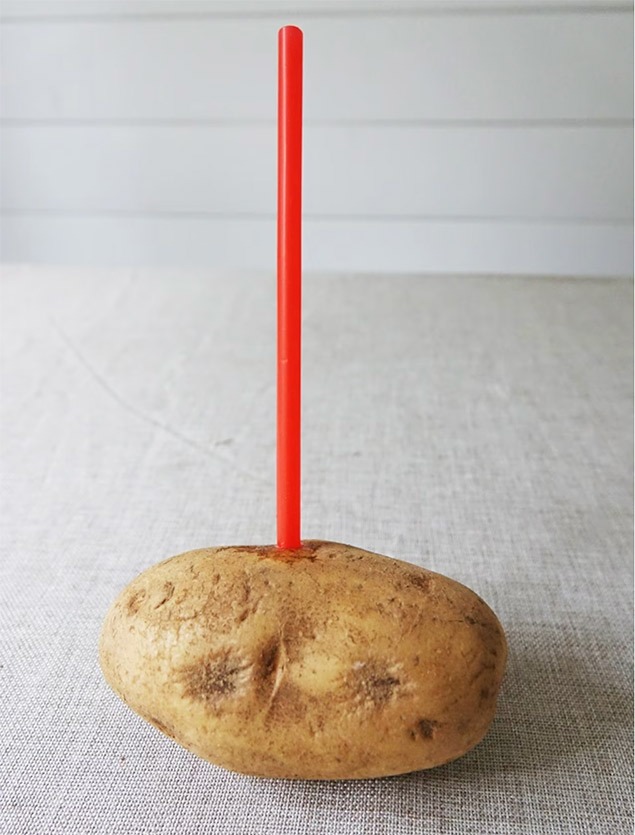
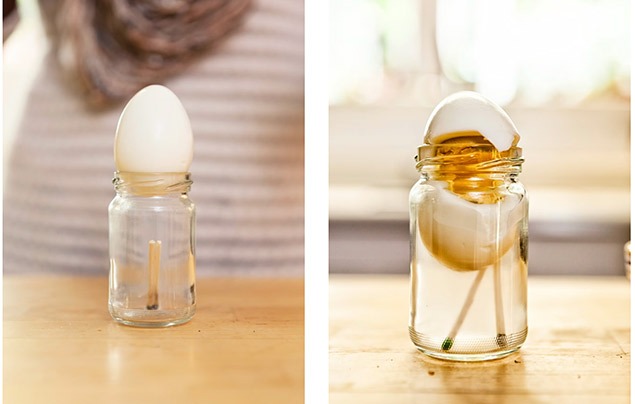
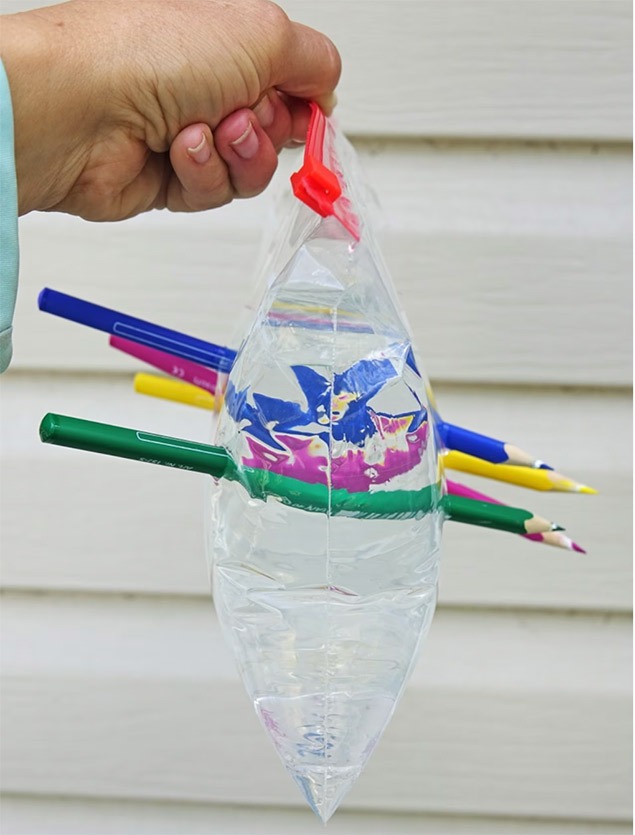
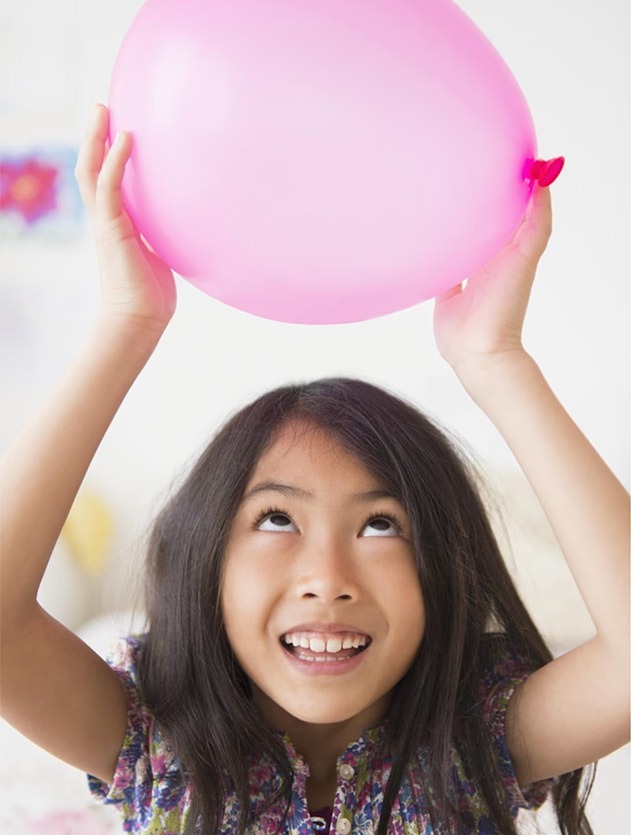

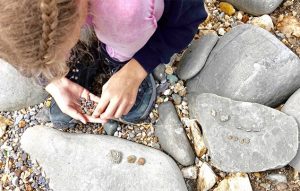






LEAVE A COMMENT
THANK YOU
Your comment will be checked and approved shortly.
WELL DONE,
YOUR COMMENT
HAS BEEN ADDED!
COMMENTS
CUSTOMIZE YOUR AVATAR